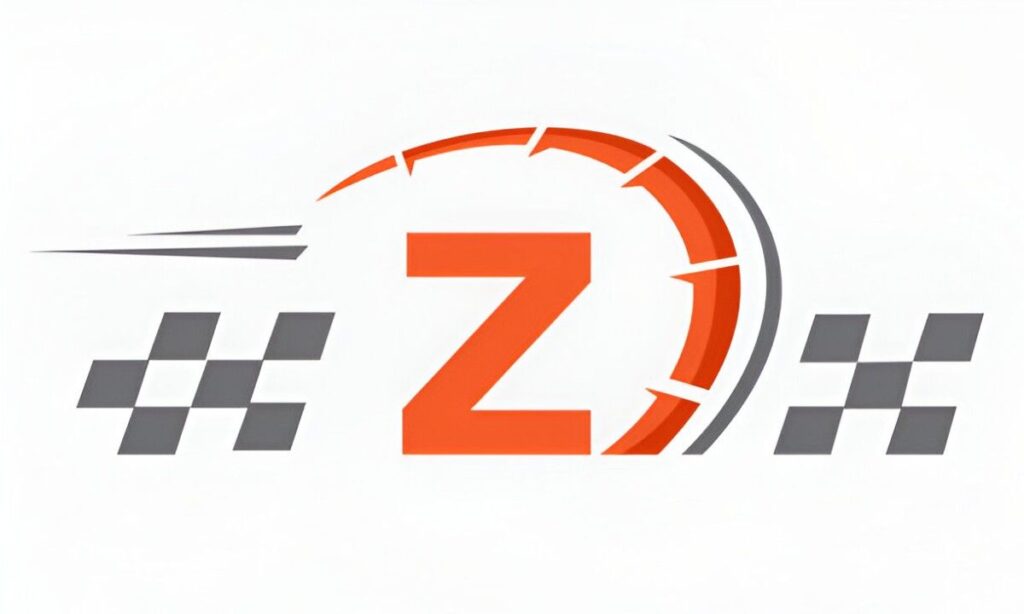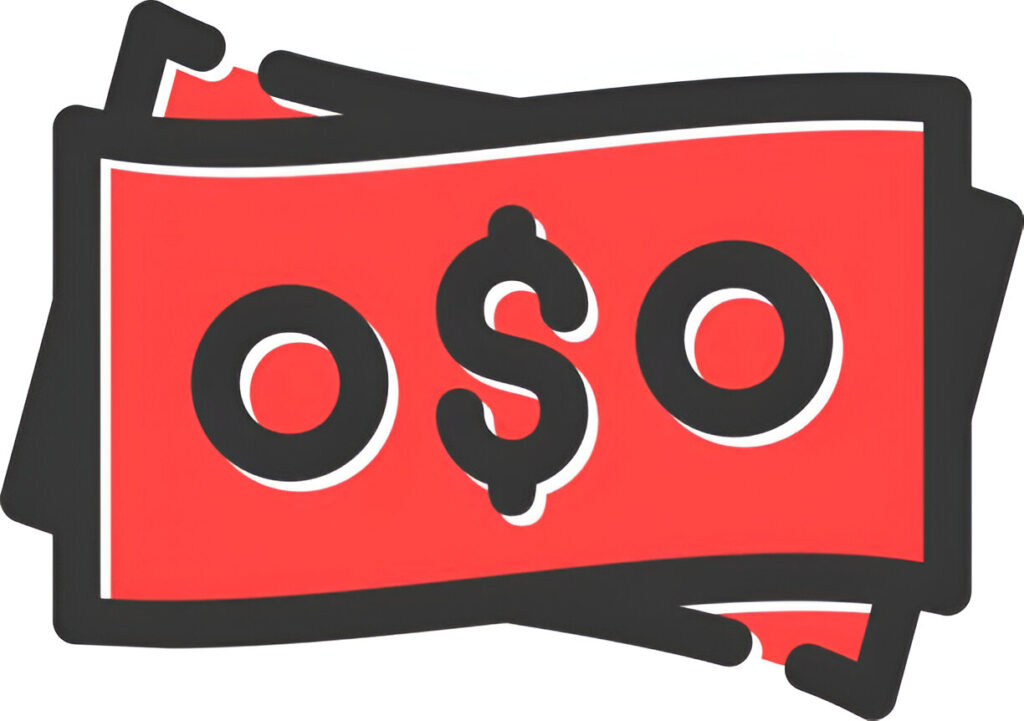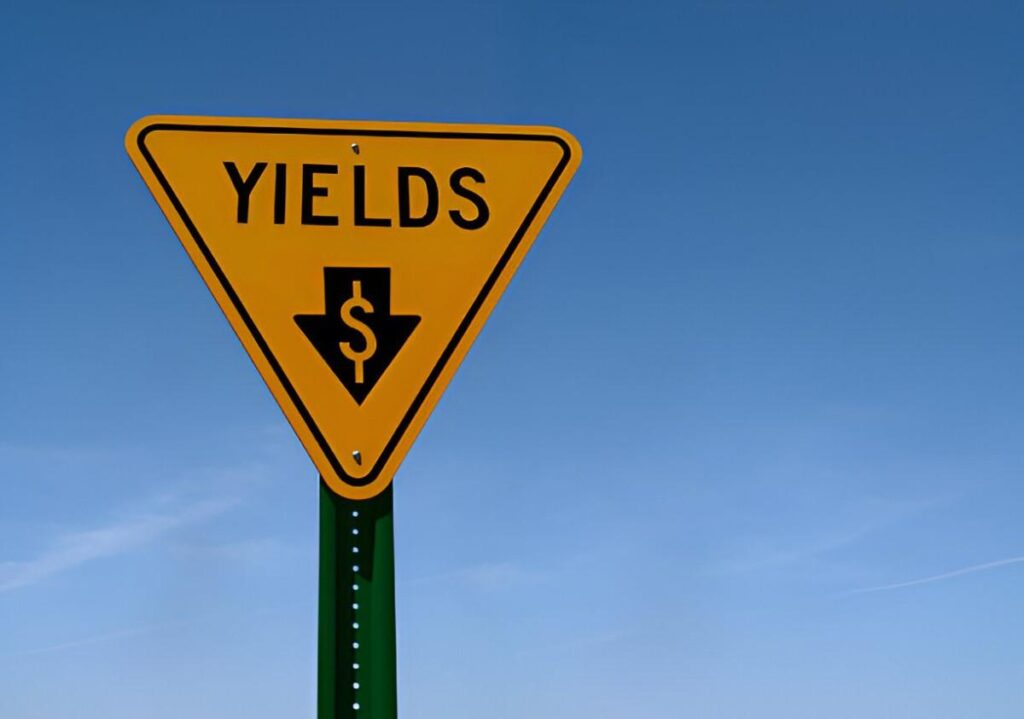As someone deeply immersed in the finance and accounting fields, I often encounter questions about how stock markets operate, especially from beginners eager to understand the mechanics behind the numbers they see on their screens. One of the most critical yet overlooked components of modern trading is the Automated Quotation System (AQS). In this article, I will guide you through the intricacies of AQS, its role in financial markets, and how it shapes the way we trade and invest. By the end, you’ll have a solid grasp of how these systems work, why they matter, and how you can leverage them to make informed decisions.
Table of Contents
What Is an Automated Quotation System?
An Automated Quotation System (AQS) is a technology-driven platform that provides real-time price quotes for financial instruments like stocks, bonds, and derivatives. Unlike traditional manual systems, where human brokers would quote prices over the phone or in person, AQS automates this process, ensuring faster, more accurate, and more efficient transactions.
The most well-known example of an AQS in the U.S. is the NASDAQ (National Association of Securities Dealers Automated Quotations), which revolutionized stock trading when it launched in 1971. NASDAQ was the first electronic stock market, and it set the stage for the global adoption of automated systems.
How Automated Quotation Systems Work
At its core, an AQS matches buyers and sellers by aggregating and displaying bid and ask prices in real time. Let’s break this down:
- Bid Price: The highest price a buyer is willing to pay for a security.
- Ask Price: The lowest price a seller is willing to accept for a security.
The difference between the bid and ask prices is known as the spread, which represents the transaction cost for traders. A narrower spread typically indicates a more liquid market, while a wider spread suggests lower liquidity.
The AQS continuously updates these prices based on market activity. For example, if a large number of buyers are interested in a stock, the bid price may rise, reflecting increased demand. Conversely, if sellers dominate, the ask price may drop.
The Role of Market Makers
Market makers play a crucial role in AQS. These are firms or individuals that provide liquidity by quoting both bid and ask prices for a security. They profit from the spread and ensure that there’s always a buyer or seller available, even in less active markets.
For instance, if you want to buy shares of a small-cap stock with limited trading volume, a market maker ensures you can execute your trade without waiting for a matching seller.
Key Features of Automated Quotation Systems
- Real-Time Data: AQS provides up-to-the-second price information, enabling traders to make timely decisions.
- Transparency: All market participants have access to the same information, reducing information asymmetry.
- Efficiency: Automation reduces the time and cost of executing trades.
- Accessibility: AQS allows retail investors to participate in markets that were once dominated by institutional players.
The Mathematics Behind AQS
To truly understand AQS, it’s essential to grasp some of the mathematical concepts that underpin it. Let’s explore a few key formulas and calculations.
Calculating the Spread
The spread is calculated as:
Spread = Ask\ Price - Bid\ PriceFor example, if the bid price for a stock is $50 and the ask price is $50.10, the spread is:
Spread = 50.10 - 50 = 0.10This means the transaction cost for this trade is $0.10 per share.
Mid-Price Calculation
The mid-price is the average of the bid and ask prices and is often used as a reference point for fair value:
Mid\ Price = \frac{Bid\ Price + Ask\ Price}{2}Using the previous example:
Mid\ Price = \frac{50 + 50.10}{2} = 50.05Impact of Spread on Trading Costs
The spread directly affects your trading costs. Suppose you buy 100 shares of a stock with a bid-ask spread of $0.10. Your total transaction cost would be:
Transaction\ Cost = Spread \times Number\ of\ Shares = 0.10 \times 100 = 10This means you’d pay an additional $10 just to enter and exit the trade.
Types of Automated Quotation Systems
There are two primary types of AQS:
- Quote-Driven Systems: In these systems, market makers provide bid and ask prices, and all trades are executed against these quotes. NASDAQ is a prime example.
- Order-Driven Systems: Here, buy and sell orders are matched directly without the need for market makers. The New York Stock Exchange (NYSE) operates on this model.
Comparison of Quote-Driven and Order-Driven Systems
| Feature | Quote-Driven Systems | Order-Driven Systems |
|---|---|---|
| Price Determination | Set by market makers | Determined by order matching |
| Liquidity | Provided by market makers | Provided by order book |
| Transparency | Lower (prices set by few) | Higher (all orders visible) |
| Example | NASDAQ | NYSE |
Advantages of Automated Quotation Systems
- Speed: Trades are executed in milliseconds, reducing the risk of price changes.
- Accuracy: Automation minimizes human errors in quoting and trading.
- Accessibility: Retail investors can trade alongside institutions.
- Cost Efficiency: Lower transaction costs due to reduced manual intervention.
Challenges and Limitations
While AQS offers numerous benefits, it’s not without its challenges:
- Market Volatility: Automated systems can exacerbate price swings during periods of high volatility.
- Technical Glitches: System outages or errors can disrupt trading.
- Liquidity Issues: In less active markets, spreads can widen significantly.
Real-World Example: NASDAQ vs. NYSE
Let’s compare how trades are executed on NASDAQ (a quote-driven system) and NYSE (an order-driven system).
NASDAQ Trade Execution
- A market maker quotes a bid price of $100 and an ask price of $100.10.
- You place a market order to buy 100 shares.
- The trade is executed at the ask price of $100.10.
- Your total cost is $100.10 ,times 100 = $10,010.
NYSE Trade Execution
- You place a limit order to buy 100 shares at $100.
- Another investor places a sell order for 100 shares at $100.
- The orders are matched, and the trade is executed at $100.
- Your total cost is $100 ,times 100 = $10,000.
In this example, the NYSE trade is cheaper due to the absence of a spread.
The Role of AQS in Algorithmic Trading
Algorithmic trading relies heavily on AQS. Algorithms use real-time data from these systems to execute trades based on predefined criteria, such as price movements or volume changes. For instance, a high-frequency trading (HFT) algorithm might buy a stock when its price drops below a certain threshold and sell it when it rises above another.
Example of an Algorithmic Trading Strategy
Let’s say you want to implement a simple moving average crossover strategy:
- Calculate the 50-day and 200-day moving averages of a stock.
- Buy when the 50-day moving average crosses above the 200-day moving average.
- Sell when the 50-day moving average crosses below the 200-day moving average.
This strategy can be automated using AQS data, ensuring timely execution without manual intervention.
The Future of Automated Quotation Systems
As technology advances, AQS is evolving to incorporate artificial intelligence (AI) and machine learning (ML). These technologies can analyze vast amounts of data to predict price movements and optimize trading strategies. Additionally, blockchain technology is being explored to enhance transparency and security in AQS.
Conclusion
Automated Quotation Systems have transformed the financial markets, making them more accessible, efficient, and transparent. By understanding how these systems work, you can make more informed trading decisions and navigate the complexities of modern markets with confidence. Whether you’re a beginner or an experienced investor, mastering AQS is a crucial step toward unlocking market insights and achieving your financial goals.





